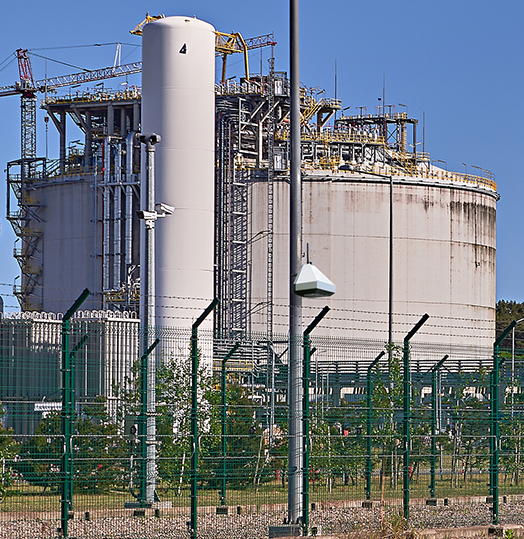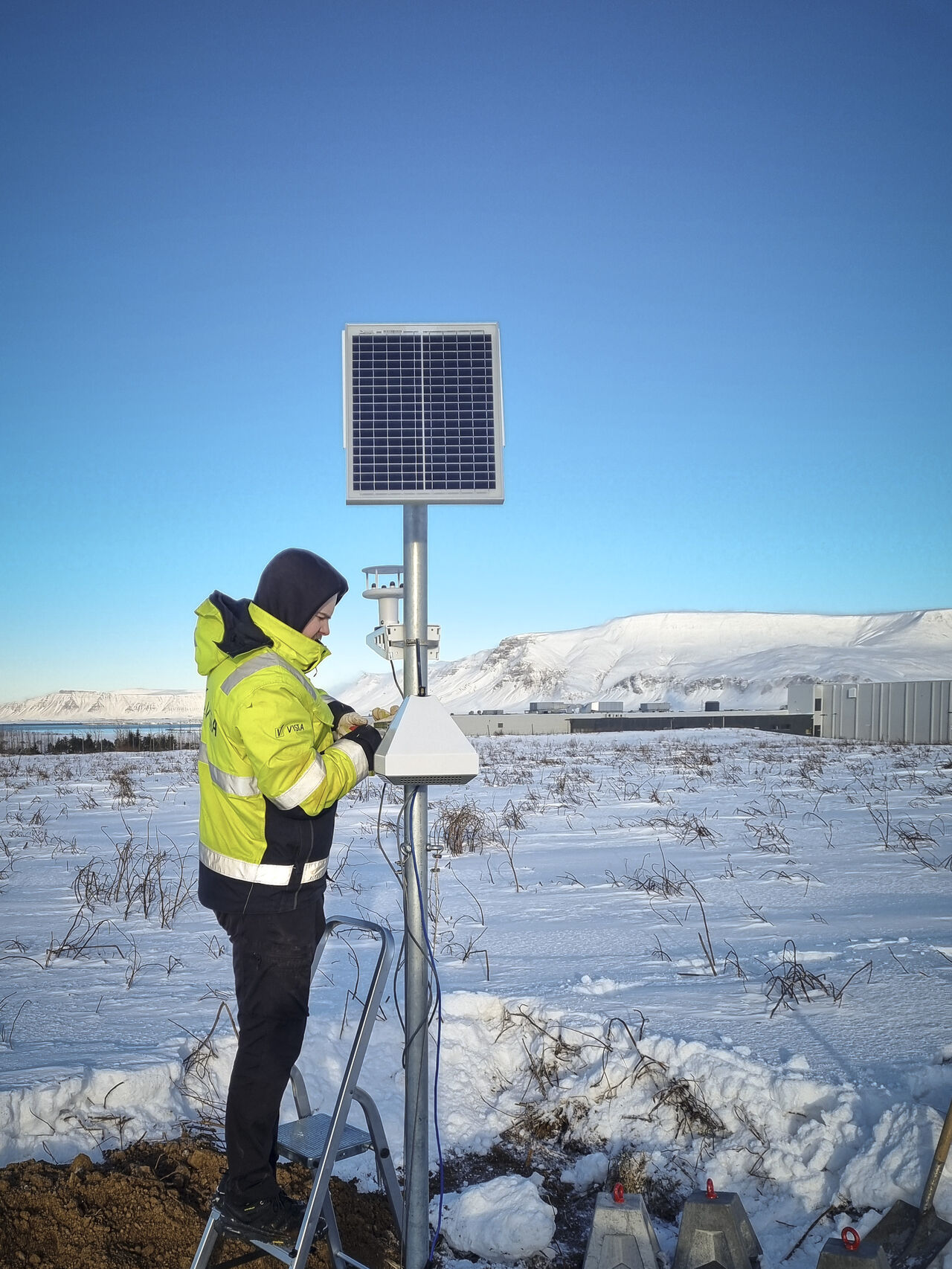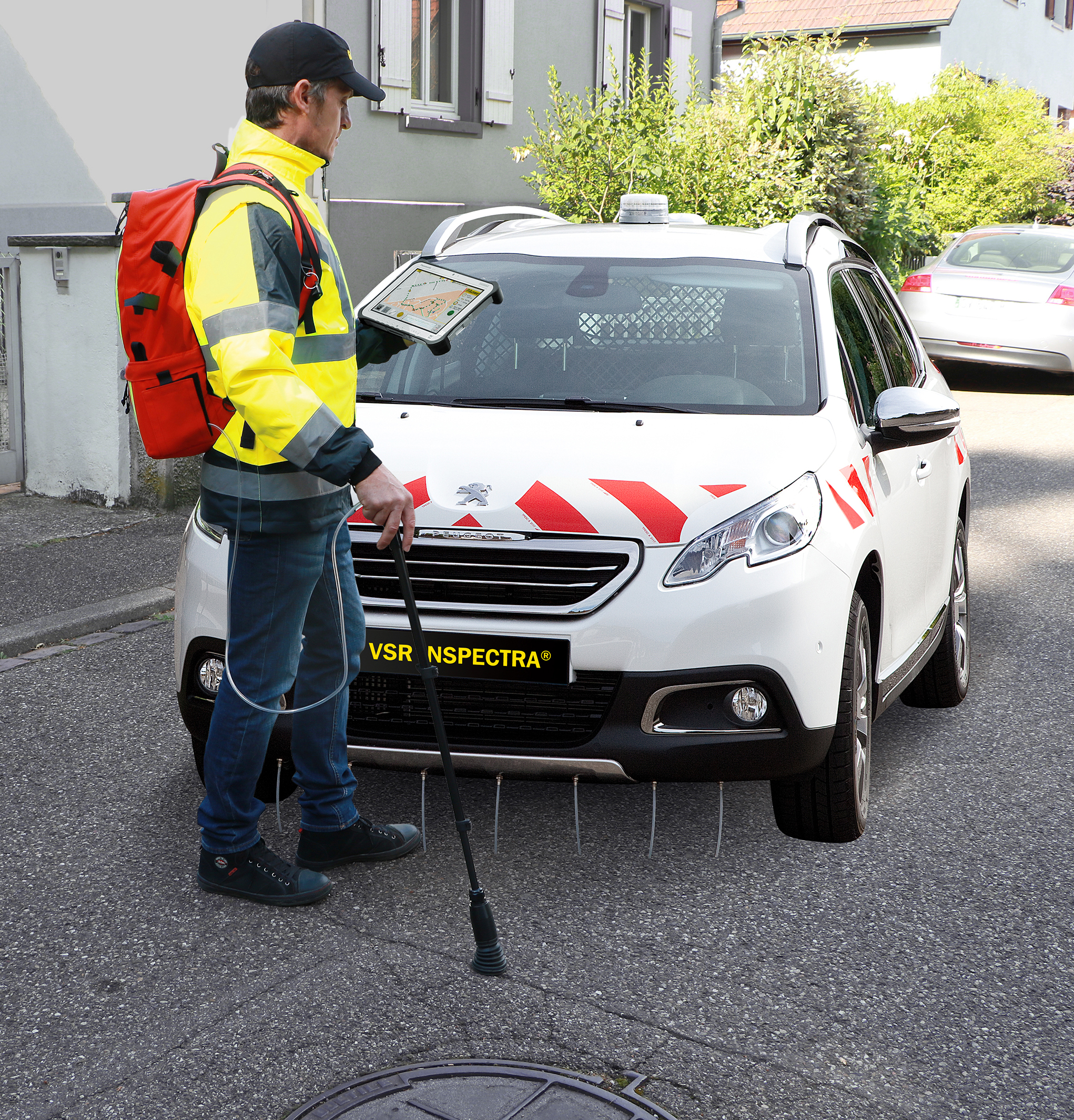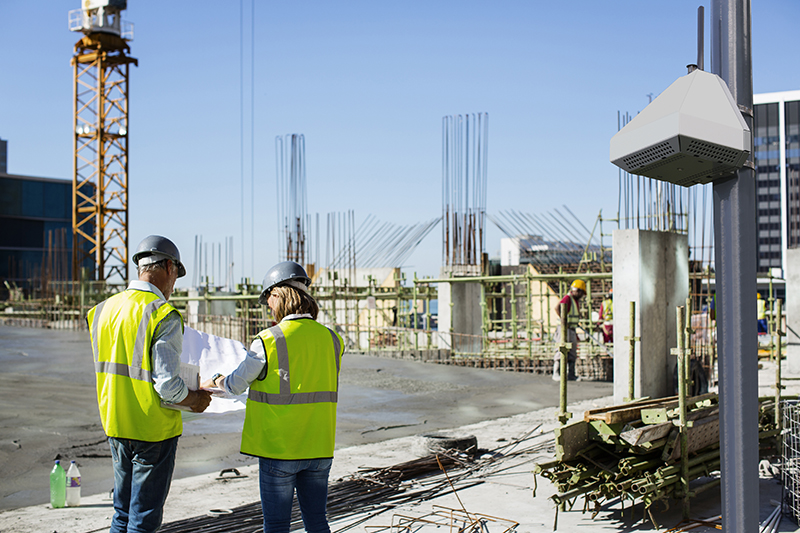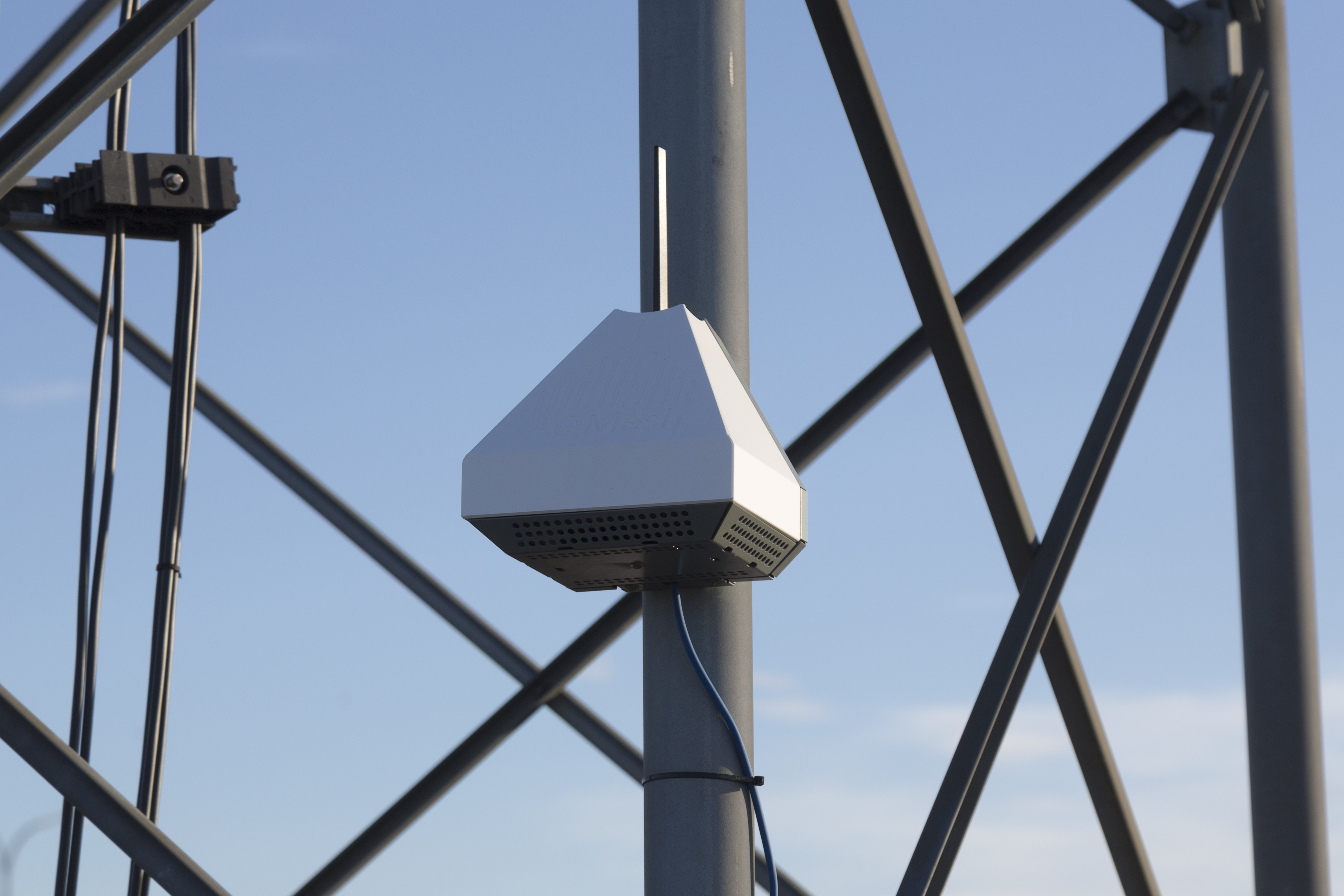 There’s no doubt that small sensor systems can have an advantage over their cumbersome reference station cousins - in terms of maintenance requirements. We are often asked about ‘service’ requirements for our pods and the honest answer is that the default position, in normal working conditions, is ‘none’. However ..
There’s no doubt that small sensor systems can have an advantage over their cumbersome reference station cousins - in terms of maintenance requirements. We are often asked about ‘service’ requirements for our pods and the honest answer is that the default position, in normal working conditions, is ‘none’. However ..
There are consumables, conditions can have an impact and sometimes ‘stuff happens’. We have seen small sensor systems claiming they require no maintenance at all, so would like to offer some thoughts on these three areas:
Consumables
Some sensors and sensor components need to be replaced at a defined interval (two years for AQMesh). This may be because the product is designed to optimise accuracy and component duty cycle, such as the AQMesh pump sampling particulate matter, which is expected to last two years on standard settings. If the pump is not replaced at two years, in-field failure is the likely outcome at some point. AQMesh uses a pump to provide reliable sampling over a set period. An alternative, such as a fan, may not be offered with a finite duty cycle, or with one that is theoretically longer, but failure modes can be undetectable remotely and readings affected. Is that better?
Many small sensor systems use Alphasense’s electrochemical sensors, which come with a recommended two-year life. Sure, they last longer than two years and keep producing numbers, but who has tested the sensors beyond two years and will be answerable for accuracy after two years? Users of these systems need to look ‘under the hood’ here – is the system claiming to be maintenance-free ignoring sensor manufacture advice? Are they reducing operation or sampling to extend the duty cycle?
Monitoring conditions
In a nice, clean monitoring location it is possible to predict performance of a monitoring system over several years. But, when the system is faced with tough conditions - such as sandstorms or an acidic environment - some intervention may be necessary to keep the system running. Good design and remote diagnostics can help to minimise this, but it is often the pods installed in the most remote locations (hardest to reach if necessary) that are hit by the toughest conditions.
'Stuff happens'
Most of the stuff that happens to AQMesh pods is hard to predict. One academic study, monitoring air quality around treated road surfaces, mounted pods a few centimetres above the road and they were swamped in a rainstorm. One contractor installed a pod on its side. Solar-powered pods are sometimes installed with great difficulty, only to find the system is constantly in shade. We encourage as much pre-installation planning as possible - and provide a wealth of manuals, guides and videos to avoid these scenarios - but there are sometimes situations which require on-site intervention. We have seen ‘maintenance free’ fulfilled by offering replacement equipment under warranty, instead of maintenance, but customers still have to make a site visit anyway, so we don’t really buy that one.
AQMesh started out offering uninterrupted 2-year gas monitoring with autonomous power but we quickly found that much monitoring was project-based and that users preferred to have the comfort of planned maintenance arrangements that would maximise the chances of achieving high data capture and high data quality throughout the project.

